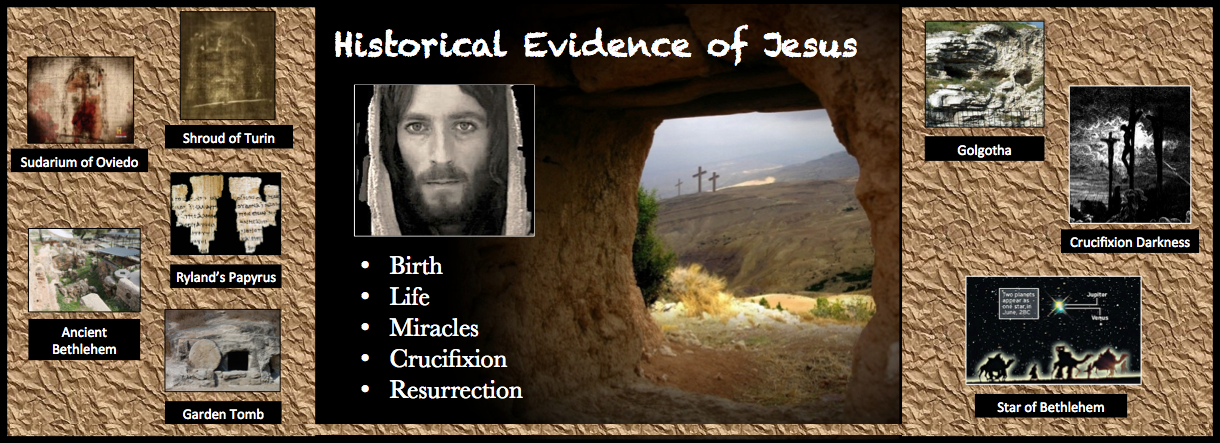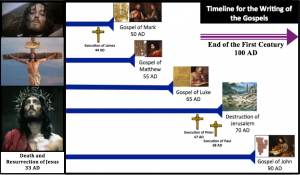Page 1 Page 2 Page 3 Page 4 Page 5
 What are the differences between the Gospel accounts?
What are the differences between the Gospel accounts?
Resource: Timeline for the Writing of the Gospels
As you read the information about the gospels, use this timeline as a resource. To enlarge, right-click and move your cursor to “Open Link in New Window”.
The Gospel of Mark
Mark was a mentee and follower of the Apostle Peter who was one of the twelve 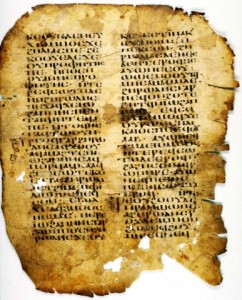 closest disciples of Jesus. Mark traveled with Peter as he preached the message of Jesus Christ throughout Europe, most likely as a translator. Peter refers to Mark as “my son” in his letter to the churches of Asia Minor found in 1 Peter 5:13.
closest disciples of Jesus. Mark traveled with Peter as he preached the message of Jesus Christ throughout Europe, most likely as a translator. Peter refers to Mark as “my son” in his letter to the churches of Asia Minor found in 1 Peter 5:13.
“She who is in Babylon, chosen together with you, sends you greetings, and so does my son, Mark.” (New American Standard Bible (NASB).
Mark’s gospel is a record of the eyewitness account of Peter, carefully written to be accurate about what Peter recalled and then relayed to him. This information was corroborated by the evidence of non-biblical ancient Christian writers Ireneus and Papias.
Irenaeus wrote this about Mark between 175 and 185 A.D.:
“After the death of these (Peter and Paul), Mark, the disciple and interpreter of Peter also transmitted to us in writing the things preached by Peter.” (Irenaeus of Lyons. Against Heresies III, 1, 2)
Papias wrote this about Mark between 110 A.D. and 140 A.D.
“Mark, having become the interpreter of Peter, wrote down accurately, though not indeed in order, whatsoever he remembered of the things said or done by Christ. For he neither heard the Lord nor followed him, but afterward, as I said, he followed Peter, who adapted his teaching to the needs of his hearers, but with no intention of giving a connected account of the Lord’s discourses, so that Mark committed no error while he thus wrote some things as he remembered them. For he was careful of one thing, not to omit any of the things which he had heard, and not to state any of them falsely.”
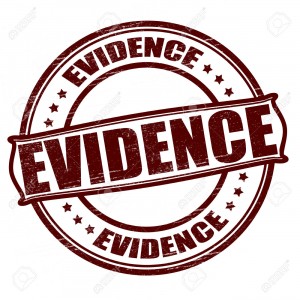 Historical writings describing how the Gospel accounts were written. (Right-click and go to “Open Link in New Window”.)
Historical writings describing how the Gospel accounts were written. (Right-click and go to “Open Link in New Window”.)
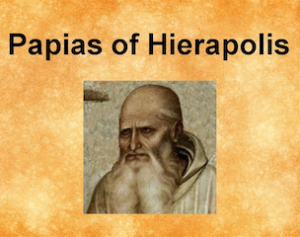
Mark’s gospel is very reflective of what historians know of 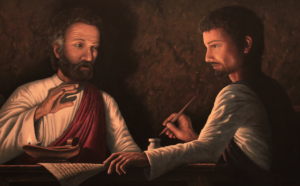 the life and personality of Peter from what is recorded in the other gospel accounts. It is consistent with Peter’s personality that Mark’s gospel recounts the actions of Jesus, more than the teachings of Jesus and mentions very little about Jesus’ private life. In particular Peter (through Mark) does not mention the birth, childhood, or baptism of Jesus.
the life and personality of Peter from what is recorded in the other gospel accounts. It is consistent with Peter’s personality that Mark’s gospel recounts the actions of Jesus, more than the teachings of Jesus and mentions very little about Jesus’ private life. In particular Peter (through Mark) does not mention the birth, childhood, or baptism of Jesus.
A great deal of historical evidence corroborates that Mark’s was the first gospel written, in 50 A.D., 17-20 years after the crucifixion of Jesus in 33 A.D. This is important because it tells us that Peter’s eyewitness account was written very close to when the events he described actually happened. Many people who also saw and experienced the things Peter recounts were still alive to challenge or confirm his account as recorded by Mark. After Peter was crucified for preaching the gospel of Jesus in 67 A.D., Mark distributed his written account of the things Peter had told him. (For more information about the sequence of events surrounding the writing of the Gospel accounts, click on the picture of the timeline at the top of the page. Use the link below to read the Gospel According to Mark.)
Parables of Jesus Recounted in the Gospel of Mark
Of the 46 parables Jesus used to teach his listeners, Peter through Mark’s gospel recounts 6:
- The Parable of the Sower (Mark 4:1-20)
- The Parable of the Mustard seed (Mark 4:30-32)
- The Parable of the Tenants (Mark 12:1-11)
- The Parable of the Fig Tree (Mark 13:28-32)
- The Parable of the Faithful Servant (Mark 13:33-37)
and told only in Mark’s gospel
- The Parable of the Seed Growing Secretly (Mark 4:26-29)
Miracles of Jesus Described in the Gospel of Mark
The Gospels describe 37 miracles Jesus performed, although according to the Gospel of John, He performed many many more that were not recorded. John explains that Jesus performed so many miracles that there was not room enough to record them all (John 21: 25). The Gospel of Mark describes 20 of the miracles of Jesus:
- Jesus drives an evil sprit out of a young man (Mark 1:21-27)
- Jesus heals Peter’s mother-in-law (Mark 1:29-31)
- Jesus heals many sick people at Peter’s home (Mark 1:32-34)
- Jesus heals a man with leprosy (Mark 1:40-45)
- Jesus heals a man who is paralyzed (Mark 2:1-12)
- Jesus heals a man’s atrophied hand (Mark 3:1-6)
- Jesus calms a storm (Mark 4:35-41)
- Jesus casts demons into a grow of pigs (Mark 5:1-20)
- Jesus heals a woman with an issue of blood (Mark 5: 25-34)
- Jesus raises Jairus’ daughter from the dead (Mark 5:21 and Mark 5:35-43)
- Jesus feeds 5,000 people (Mark 6:30-44)
- Jesus walks on water (Mark 6:45-52)
- Jesus heals many sick people in Gennesaret (Mark 6:53-56)
- Jesus rids a gentile woman’s daughter of demons (Mark 7:24-30)
- Jesus heals a man who is a deaf mute (Mark 7:31-37)
- Jesus feeds 4000 people (Mark 8:1-13)
- Jesus heals a blind man at Bethsaida (Mark 8: 22-26)
- Jesus casts a demon out a boy (Mark 9:14-29)
- Jesus restores Bartimaeus’ eyesight (Mark 10:46-52)
- Jesus causes a fig tree to wither (Mark 11:12-14)
Resource: You can read the Gospel of Mark at this link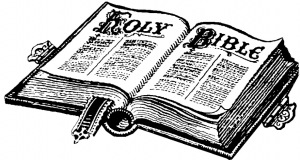
The Gospel According to Mark (Bible Gateway)
The Gospel of Matthew
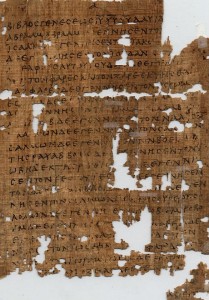 The Gospel of Matthew is the second gospel account written. It was written in 55 A.D., very close to the time Mark wrote the eyewitness account of Peter, and only 22 – 25 years after the crucifixion of Jesus in 30-33 A.D. Matthew was one of the twelve closest disciples of Jesus. Therefore, his gospel is an eyewitness account of direct experiences and observations of what Jesus said and did.
The Gospel of Matthew is the second gospel account written. It was written in 55 A.D., very close to the time Mark wrote the eyewitness account of Peter, and only 22 – 25 years after the crucifixion of Jesus in 30-33 A.D. Matthew was one of the twelve closest disciples of Jesus. Therefore, his gospel is an eyewitness account of direct experiences and observations of what Jesus said and did.
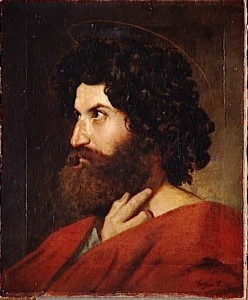 As an apostle, Matthew primarily preached the gospel of Jesus to the Jewish people in an attempt to prove to them that Jesus was the awaited Messiah. Historians point out that much of Matthew’s gospel reflects his Jewish heritage and focus. He often refers to the hundreds of Old Testament prophesies written about the Messiah that were fulfilled by the life of Jesus.
As an apostle, Matthew primarily preached the gospel of Jesus to the Jewish people in an attempt to prove to them that Jesus was the awaited Messiah. Historians point out that much of Matthew’s gospel reflects his Jewish heritage and focus. He often refers to the hundreds of Old Testament prophesies written about the Messiah that were fulfilled by the life of Jesus.
Matthew’s gospel is sometimes called the “Gospel of Discourses” because it focuses on the teachings and sayings of Jesus. In fact 60 percent of the Gospel of Matthew covers the sayings of Jesus. Matthew’s gospel gives the most complete account of the parables of Jesus. The authorship and intent of the Gospel of Matthew are corroborated by the writings of ancient historians Irenaeus and Papias.
Irenaeus wrote this about Matthew:
“Matthew preaching among the Hebrews also produced in their language a writing of the gospel, while Peter and Paul were preaching and founding the Church in Rome.” (Irenaeus of Lyons. Against Heresies III, 1, 1)
Papias wrote this about Matthew:
“So then Matthew wrote the oracles in the Hebrew language, and every one interpreted them as he was able.”
The aim of Matthew’s gospel does not appear to have been the presentation of a chronological account of Jesus’ life. Matthew, like Mark did not record events in the chronological order in which they happened in Jesus’ life and ministry.
 Historical writings describing how the Gospel accounts were written. (Right-click and go to “Open Link in New Window”.)
Historical writings describing how the Gospel accounts were written. (Right-click and go to “Open Link in New Window”.)
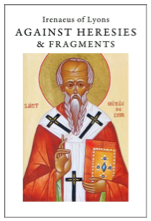

Resource: You can read the Gospel of Matthew at this link

